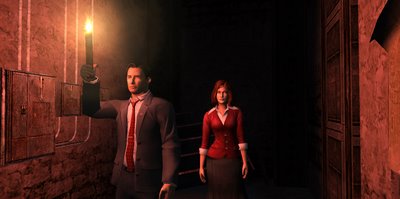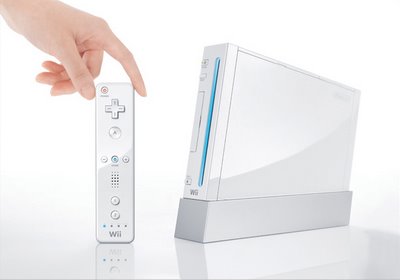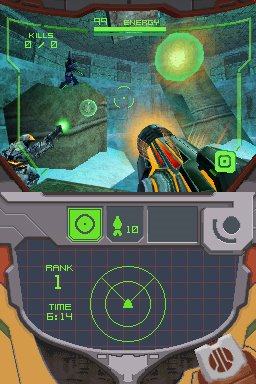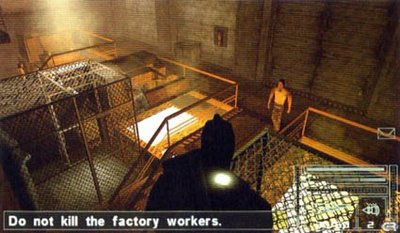
The Da Vinci Code (16+)
Verdict: Oh lame game
Platform: PS2, Xbox, PC.
Rating: 1½/5
As one of the few people on Earth that has neither read the book or seen the film I stand in the unique position to have the supposedly controversial airport novel thrust upon me anew in its interactive form. Now I too can solve the riddle of whether Jesus had a girlfriend or if Leonardo Da Vinci just liked painting effeminate men.
The game is played out in a modern day take on the point and click genre, nicking its ideas from recent titles like Broken Sword and even Shenmue. Playing alternately as the two main characters Robert Langdon and Sophie Neveu you unravel the hammy plot of murder, mystery and theological intrigue. It’s a 3rd person adventure of the most basic kind (minus the adventure) as you wander between puzzles in an embarrassingly animated manner searching for context sensitive objects (otherwise known as the letter ‘X’) and occasionally getting into comedic QTE scraps - it’s an exciting life as a symbologist on the run!
On first impressions The Da Vinci Code is a polished film tie-in. Once you’re past the menu screen however it quickly loses that shine - It’s a buggy, boring mess with a wavering difficulty level that due to poor implementation moves from obtuse to confounding in one easy step.
The AI plumbs new depths of ineptitude (I love running from a fight to the other side of the room to hear my visible assailer proclaim ‘they’ve disappeared!’) and it’s yet another game with ill advised stealth sections that bookmark the painfully drawn out fights.
The greatest puzzle for me was working out who the game was aimed at - the film fans will be put out by the fact that the actor’s voices and likeness’ haven’t been used and the book fans have got half the puzzle answers written in paper. Must be for lucky old me then.
To quote one of Sophie Neveu’s helpful puzzle hints - ‘I’m sure we’re missing something’. Yes Sophie it’s called fun.



